
Throughout the 19th and 20th centuries, numerous Chishti Sufi centres emerged in the Pothohar region of Punjab. These centres were founded by Chishti Sufis and scholars who played a vital role in reshaping the socio-political and socio-religious dynamics of both Pothohar and the Salt Range. These Sufi centres emerged by establishing various spiritual institutions, which served as focal points for community gatherings and spiritual education. Their growing presence facilitated a significant expansion of political and spiritual influence within the region, as these Sufis became prominent figures in local society. Alongside this growth, there was also a notable proliferation of small shrines and madrassahs built in areas identified by the Sufi masters to disseminate their teachings. These institutions not only functioned as places of worship but also contributed to the education and spiritual development of the local population, thereby embedding the Sufi tradition deeply within the cultural fabric of Pothohar and the Salt Range.
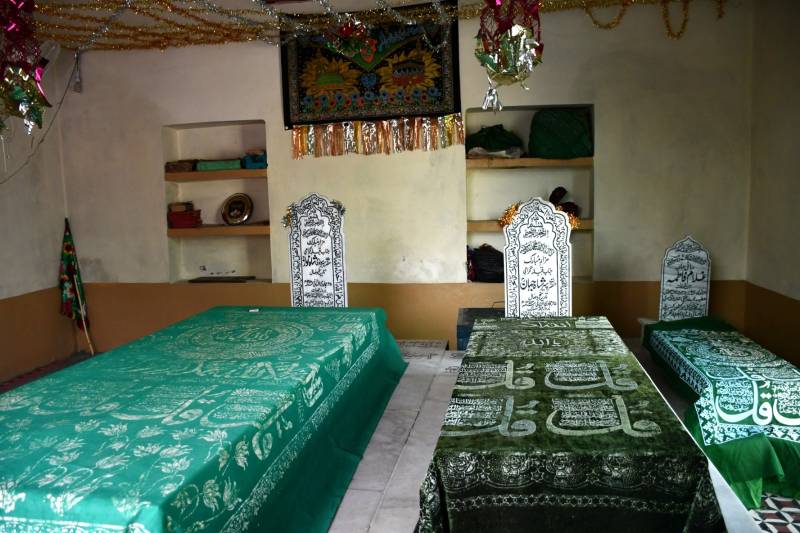
One notable Sufi saint and religious scholar was Molvi Shah Nawaz, renowned for his compelling sermons in colonial Pothohar. His shrine is located in Gorsian village, Gujar Khan. The village can be accessed via either Sud Bhadana Stop or Jatli, both situated on the Chakwal-Mandra Road. It lies about 5 km north of Sud Bhadana Stop. I first visited the shrine of Molvi Shah Nawaz in 2019 and then again in 2023. During my second visit, I met Attaullah Shah, the caretaker of the shrine. I interviewed him about Molvi Shah Nawaz and his family. According to Attaullah Shah, Molvi Shah Nawaz hailed from Kot Jai in the Paharpur tehsil of Dera Ismail Khan. He belonged to the Hashmi family. He was not married when he came to Pothohar. It is said that he married Noor Bhari in Dhulian in Attock’s Fateh Jhang.
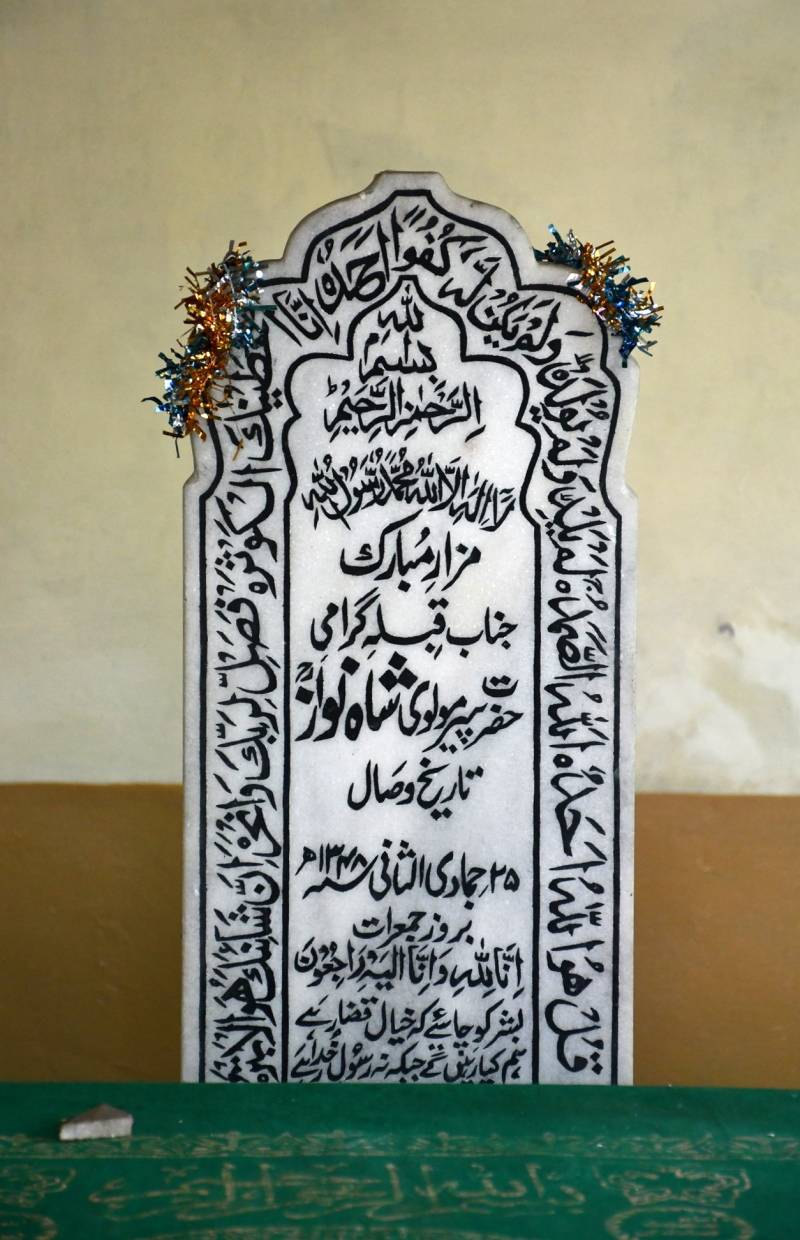
He was a disciple of Khwaja Amir Ahmad Mairvi. Hasan Nawaz Shah (2013:38) states in Gujar Khan Ke Suhrwardi Mashaikh that he was a disciple of Khwaja Ahmad Mairvi (d 1911) and a deputy of Khwaja Amir Ahmad Basalvi (d.1939). Moreover, he believes that Molvi Shah Nawaz settled in Gorsain village on the instruction of Pir Mehr Ali Shah Golarvi (d 1937). I have visited all the shrines of the spiritual mentors of Molvi Shah Nawaz several times. Khwaja Ahmad Mairvi was a deputy of Khwaja Shah Muhammad Suleman alias Pir Pathan (d.1850). Many of the deputies of Pir Pathan preached Chishtiyya Silsila in their respective areas. The shrine of Khwaja Ahmad Miarvi is located in Pindigheb’s Maira Sharif Village.
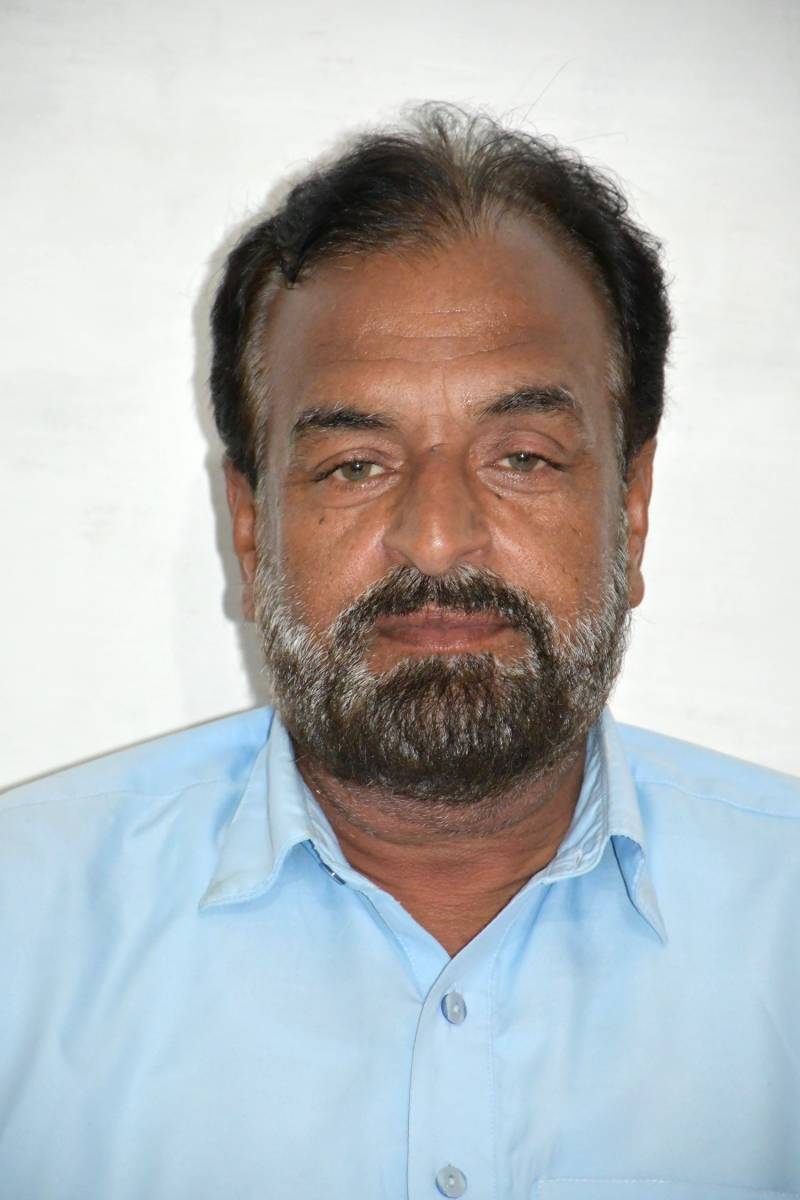
Khwaja Ahmad Mairvi was born in 1832 into a respected family of the Khokhar tribe. His father, Barkhurdar, was a disciple of Khwaja Shah Muhammad Suleman Taunsvi. Unfortunately, Khwaja Ahmad Mairvi was still a child when his father passed away, and he was subsequently raised by his maternal uncle, Ali Khan. According to Faizan-e-Mairvi by Khwaja Muhammad Fakharuddin Mairvi (2006:43), Khwaja Ahmad Mairvi's maternal uncle was also a disciple of Khwaja Shah Muhammad Suleman Taunsvi and visited him frequently at Taunsa Sharif.
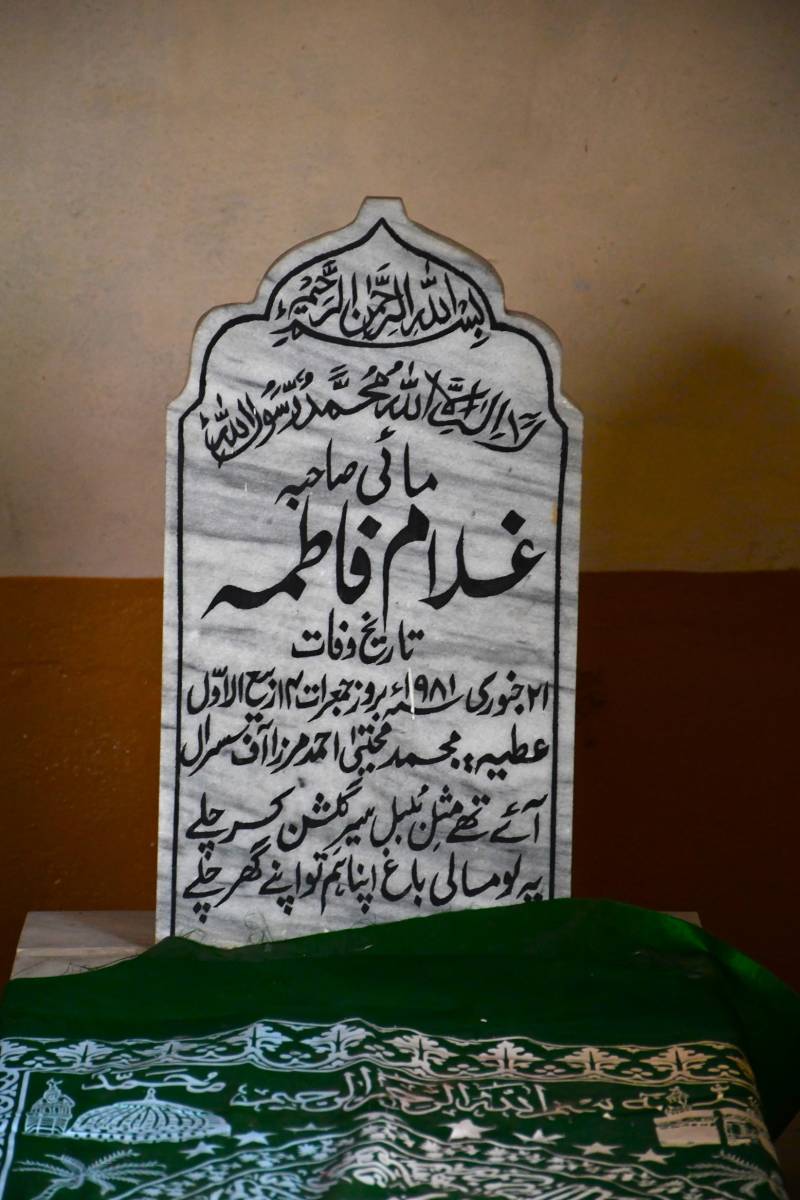
On one occasion, Khwaja Ahmad Mairvi accompanied his uncle to the khanqah of Khwaja Shah Muhammad Suleman Taunsvi. It is said that at the young age of 15, Khwaja Shah Suleiman accepted Khawaja Ahmad Mairvi as his Khalifa (deputy).
He was a strong opponent of tobacco, passionately condemning its use in his talks. As a result, it is said that attendees would often break their hookahs after listening to him
After receiving his robe of initiation, he visited numerous shrines and eventually settled in Maira Sharif. He had many deputies and disciples who preached the Chishti Silsila not only in Punjab and Khyber-Pakhtunkhwa (formerly known as NWFP) but also across India. The shrines of his deputies and disciples are regarded as sacred spaces in their respective towns and villages.
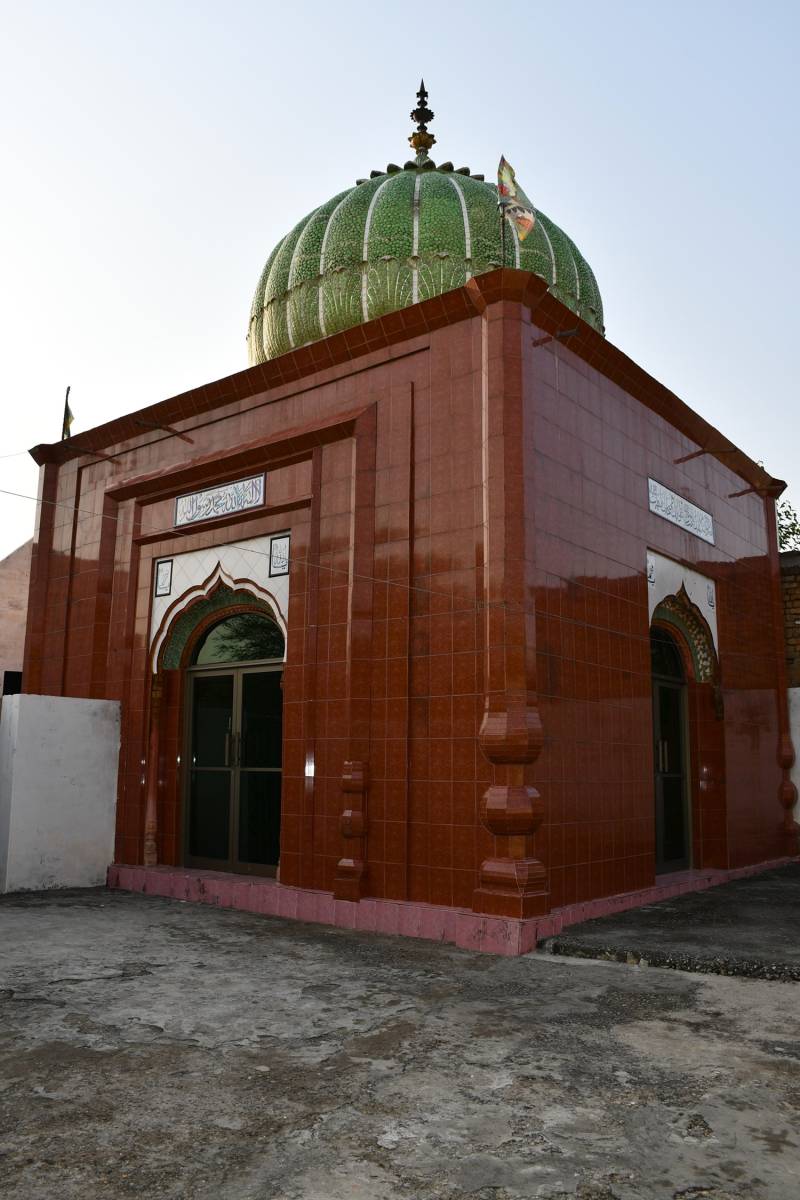
Khwaja Amir Ahmad Basalvi, whose shrine is located in Jand’s Basal village, was a disciple of Khwaja Ahmad Mairvi. Sahibzada Maqsood Ahmad Sabri (2003:539) states in Tazkira Auliya-e-Pothohar that Khwaja Ahmad Basalvi was initiated into the Chishtiyya Silsila by Khwaja Allah Bakhsh Taunsvi. Khwaja Amir Ahmad Mairvi also used to visit Pir Mehar Ali Golarvi. All these saints were spiritually connected to Pir Pathan. Pir Mehar Ali Shah, who was a deputy of Khwaja Shamsuddin alias Pir Sial (d 1883), had friendly relations with Khwaja Ahmad Mairvi. All these saints seemed to significantly influence Molvi Shah Nawaz.
In Badar-e-Munir by Maulana Muhammad Usman Ghani Chishti Mairvi (1986:45), it is noted that Molvi Shah Nawaz was well-known for his sermons. People would gather in large numbers to hear him speak whenever he delivered a sermon in any village. People travelled many miles to listen to his sermons. Hasan Nawaz Shah (2013) believes that he was a strong opponent of tobacco, passionately condemning its use in his talks. As a result, it is said that attendees would often break their hookahs after listening to him. According to Attaullah Shah, Molvi Shah Nawaz was also imprisoned by the British government due to his 'anti-Qadiani' speeches. He remained in prison for some time and was later released. He was banned from making speeches in three districts: Campbellpur (Attock), Jhelum, and Rawalpindi. However, he continued to speak against the 'Qadianis' whenever he visited his disciples. After his release from prison, he delivered his first speech at the house of Raja Sarwar Khan in Raman village, Gujar Khan.
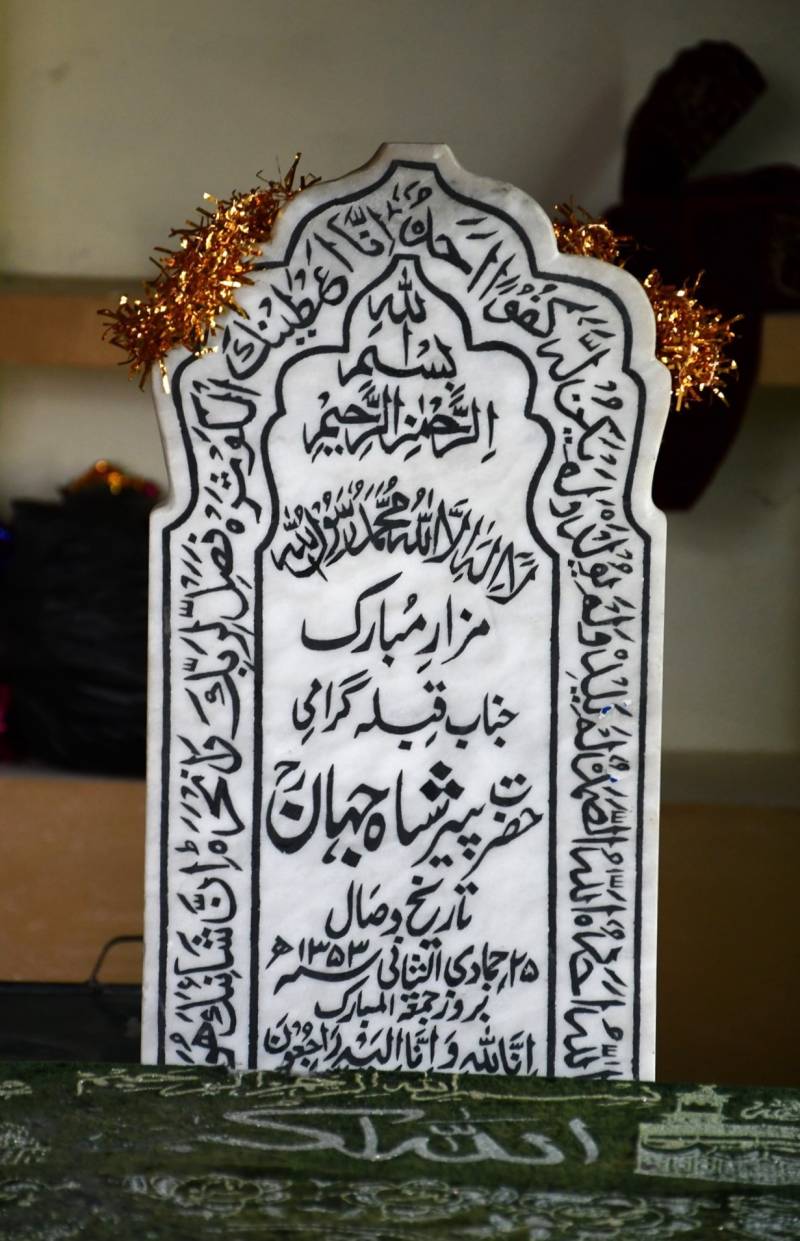
Hasan Nawaz Shah (2013) references in his book an unpublished article by Chaudhry Kifayat Ali Khan Panwar, a resident of Moza Jandot. This article, titled "Ulama-e-Hanafia aur Takfir-e- MusalmanaN," comprises eight pages and is available in the library of the Khanqah of Sultaniyya Kaladev in the Jhelum district. Chaudhry Kifayat Ali Panwar articulates a strong opposition to the perspectives presented by Molvi Shah Nawaz, asserting that Molvi Shah Nawaz holds more radical and extremist viewpoints in his discourse. Chaudhry Kifayat Ali Khan Panwar was a student of Maulana Muhammad Alam Sehatalvi and Maulana Abdul Haq Sasralvi. He was also the author of Tarikh-e-Pabbi (the History of Pabbi), an unpublished work. Numerous writers who have covered Pothohar have greatly benefited from this manuscript; however, regrettably, most authors did not credit him despite using his work in their writings. I had the opportunity to read this manuscript and referenced it in the books I have written on Pothohar.
Molvi Shah Nawaz passed away in 1348 AH/1929 AD, leaving behind a son, Shah Jahan. He was interred in Gorsian village. Tragically, his son Pir Shah Jahan died at the tender age of 10 in 1353/1934 and was laid to rest next to his father.
The tomb over the graves of Molvi Shah Nawaz and his son was constructed by his disciple, Haji Muhammad Afsar, from Sasral village in Gujar Khan. Haji Muhammad Afsar's sons, Haji Ibrahim, Haji Yasin, Haji Abdur Rehman, and Haji Sher Zaman, continued the completion and subsequent renovation of the tomb of Molvi Shah Nawaz. This tomb was erected shortly after the death of Molvi Shah Nawaz. Attaullah Shah informed me that Raja Sajawal Mistri of Dhoong village was the mason who built this tomb. Narali village, the birthplace of Pir Muhammad Sachiar (d.1707), deputy of Haji Muhammad Naushah Ganj Bakhsh Qadiri (d.1654), the founder of the Naushahiyya Silsila, was also home to many prominent members of the mason community. Many masons from Dhoong village constructed the Maris (mansion) in the nearby Narali and other villages in Gujar Khan and Chakwal. Even the temple in Narali, which has now collapsed, was also built by the Mistris of Dhoong village. Masons from Narali were also renowned for constructing impressive Maris (mansions) and other structures in Gujar Khan.
In addition to the graves of Molvi Shah Nawaz and Shah Jahan, the tomb also contains the grave of Molvi Shah Nawaz's sister, Ghulam Fatema (d 1981). Two other graves, situated next to those of Ghulam Fatema, belong to Kamil Nawaz and Shah Nawaz, the sons of Khizar Hayat Shah. Ghulam Fatema married Mian Ghulam Mohiuddin and had two sons, Khizar Hayat Shah and Umer Hayat Shah. Khizar Hayat Shah had three sons: Kamil Nawaz and Shah Nawaz, who both died in childhood, and Attaullah Shah, the caretaker of Molvi Shah Nawaz’s shrine. Umer Hayat Shah had four sons: Habibullah Shah, Inayatullah Shah, Waliullah Shah, and Faizullah Shah.
The tomb of Molvi Shah Nawaz is built on a square plan and features a ribbed dome emerging from lotus-shaped base petals. It contains two entrances. Such small tombs are prevalent in the tehsil of Gujar Khan and are typically erected over the graves of Sufi saints.

